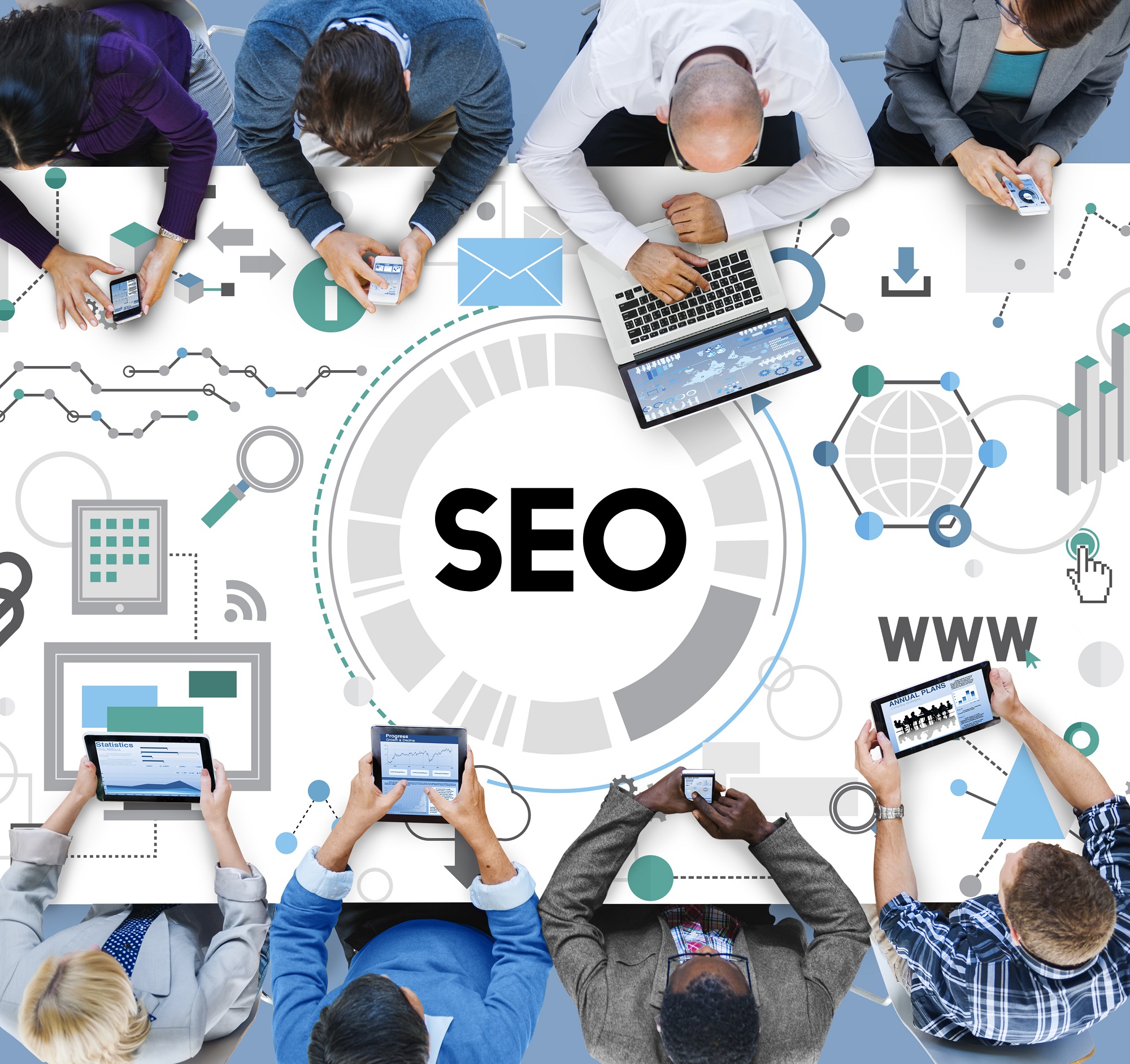
March 22, 2024, 0 Comments
Boost Your Website’s Visibility with On-Page SEO
As a website owner, I understand the importance of having a strong online presence. In today’s digital world, it is crucial to optimize your website for search engines to increase its visibility. One of the most effective strategies to achieve this is through on-page SEO. On-page SEO refers to the practice of optimizing various elements on your website to improve its search engine rankings. In this article, we will delve deeper into the key elements of on-page SEO and how they can help boost your website’s visibility.
Importance of On-Page SEO for Website Visibility
On-page SEO plays a critical role in improving your website’s visibility on search engine result pages (SERPs). When your website is properly optimized, search engines can easily understand its content and purpose, leading to higher rankings. By implementing on-page SEO techniques, you are essentially making it easier for search engines to find, index, and rank your website, ultimately driving more organic traffic.
Key Elements of On-Page SEO

Keyword Research and Optimization
Before diving into on-page SEO, it is crucial to conduct thorough keyword research. By identifying relevant keywords and phrases that your target audience is searching for, you can optimize your website’s content accordingly. Incorporate these keywords strategically throughout your website, including in your page titles, headings, meta descriptions, and body content. However, it is essential to maintain a natural flow and avoid keyword stuffing, as search engines prioritize user experience.
Optimizing Meta Tags and Descriptions
Meta tags and descriptions provide brief summaries of your web pages. Optimizing these elements with relevant keywords and compelling copy can significantly improve your website’s visibility. Ensure that your meta tags accurately describe the content of each page, enticing users to click through from the search results.
Creating User-Friendly URLs
Having user-friendly URLs not only enhances the overall user experience but also helps search engines understand the structure of your website. Opt for descriptive URLs that include relevant keywords and avoid using excessive numbers or random characters. A clear and concise URL structure improves the accessibility and crawlability of your website.
Incorporating Relevant and Engaging Content

When it comes to on-page SEO, content is king. High-quality, relevant, and engaging content not only attracts and retains visitors but also signals to search engines that your website is valuable and authoritative. Create informative and well-structured content that answers your audience’s queries and provides value. Incorporate your target keywords naturally throughout the content to enhance its visibility to search engines.
Optimizing Images and Multimedia
Visual content plays a crucial role in enhancing user engagement. However, it is important to optimize images and multimedia elements for on-page SEO. Compressing images to reduce file size, using descriptive filenames, and adding alt text with relevant keywords can improve your website’s visibility in image search results. Additionally, consider embedding videos or other multimedia elements that enhance the user experience and encourage longer page visits.
Internal Linking and Site Structure
An effective internal linking strategy is essential for both user experience and on-page SEO. By linking relevant pages within your website, you can guide visitors to related content and provide search engines with a clear understanding of your website’s structure. Plan and organize your website’s architecture to ensure a logical flow of information, making it easier for visitors and search engines to navigate.
Mobile Optimization for On-Page SEO
With the increasing use of mobile devices, optimizing your website for mobile is crucial for on-page SEO. Ensure that your website is responsive and mobile-friendly, as search engines prioritize mobile-first indexing. This means that websites that provide a seamless experience on mobile devices are more likely to rank higher in search results.
Monitoring and Measuring On-Page SEO Success
To gauge the effectiveness of your on-page SEO efforts, it is important to monitor and measure your website’s performance. Utilize tools such as Google Analytics to track key metrics like organic traffic, bounce rate, and conversion rates. Regularly analyze this data to identify areas for improvement and make data-driven decisions to optimize your website further.
On-Page SEO Services and Tools
If you lack the time or expertise to implement on-page SEO strategies on your own, consider hiring professional on-page SEO services. These services can provide in-depth keyword research, content optimization, technical audits, and ongoing monitoring to ensure your website is always at its best. Additionally, there are several tools available, such as Yoast SEO and SEMrush, that can assist you in optimizing your website and tracking its performance.
Conclusion
In conclusion, on-page SEO is a vital aspect of improving your website’s visibility and organic traffic. By optimizing key elements such as keywords, meta tags, URLs, content, images, and site structure, you can enhance your website’s search engine rankings. Regularly monitoring and measuring your on-page SEO efforts, along with seeking professional services and using helpful tools, can further amplify your website’s success. Implement these strategies, and watch your website’s visibility soar to new heights.
CTA: If you are ready to boost your website’s visibility with on-page SEO, get in touch with our team of experts today for a comprehensive analysis and personalized solutions.

Recent Comments